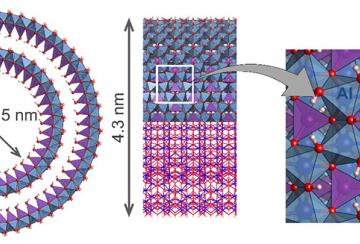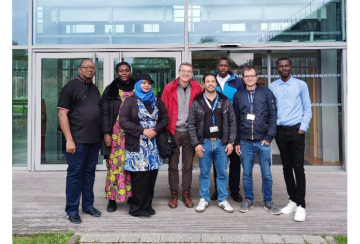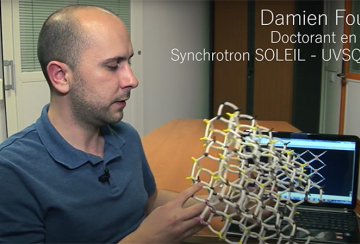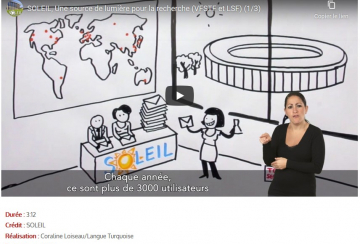
CRISTAL est une ligne de diffraction multi-techniques sur onduleur, couvrant un large domaine d'énergies entre 5 et 30 keV. Elle permet l'étude des propriétés structurales de la matière condensée à différentes échelles saptiale et temporelle, en conditions non-ambiantes. Toutes les techniques standard de diffraction sur les poudres ou par des monocristaux sont propoées, ainsi que des techniques avancées telles la diffraction cohérente ou résolue en temps.
L'équipe
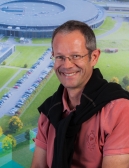

|
Powder diffraction |
High angular resolution for ab initio structure determination |
|---|---|
| Single crystal diffraction |
Single crystal structure determination Incommensurate crystals, quasi-crystals |
| Electron density measurements |
Low temperature (16K) and high q diffraction measurements for charge density analysis. |
| Coherent diffraction |
X-Ray Coherent Diffraction |
| Pump-probe time-resolved diffraction |
10 ps / 80 ps time resolution diffraction pump: 800 nm and 400 nm, 5 mJ-25 fs laser pulses@1kHz |
Données techniques
5 – 30 keV
ΔE/E ~10-4
Onduleur sous vide U20
Monochromateur à deux cristaux
Miroirs
Fresnel Zone Plates
Min (fwhm) : H x V = 450 x 30 (30 x 30) µm2 (with CRL, above 15 keV)
Max (fwhm) : H x V = 1500 x 1200 µm2
with Fresnel Zone Plates (optimized at 7, 8.5 and 10 keV):
(fwhm) H x V = 0.8 x 0.3 µm2 min (full illumiation) or 2 x 1 µm2 fully coherent (partial illumination)
- 2-Circle diffractometer
- 4-Circle diffractometer
- 6-Circle diffractometer
Detecteurs ponctuels ,
Détecteurs 1D (Mythen)
Detecteurs 2D (CCD, détecteurs à pixels hybrides)
- Pression
- Temperature
- Laser
- Divers
CRISTAL est constituée de 4 cabanes radio-protégées, une cabane laser, une salle de contrôle et une salle de vie.
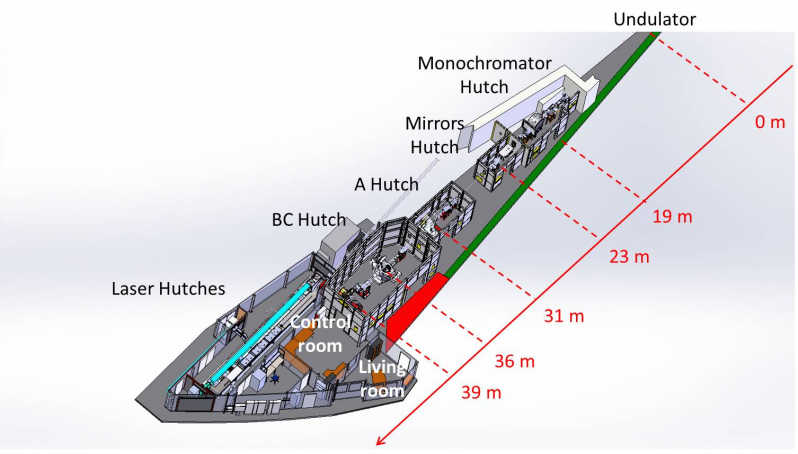
Figure 1: Vue 3D de la ligne CRISTAL.
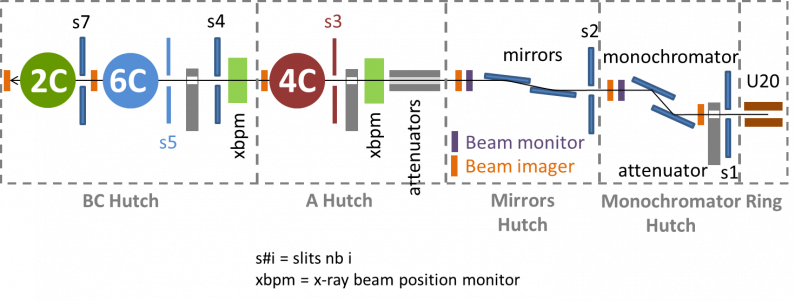
Figure 2: Synoptique de la ligne CRISTAL.
Source de Rayons X
CRISTAL’s source is an in-vacuum U20 undulator (98 periods of 20 mm) offering to choose the X-ray energy between 5 keV and 30 keV with a minimum gap of 5.5 mm.
Monochromateur
The monochromator is a Si(111)-Double Crystal Monochromator (DCM) with possible sagittal (horizontal) focusing (i.e. bending of the second crystal).
The first crystal is cooled down by a liquid nitrogen closed loop circuit (Cryotherm company). The tuning of the monochromator is ensured by a piezo-actuator, controlled by a feed-back loop on the intensity or the position of the beam measured downstream.
Miroirs
The mirror system consists of two horizontal 300 mm long Si mirrors (SESO), placed in a dedicated hutch. The first one is bendable. These mirrors are coated by Rh and Pt tracks (harmonic rejection in the whole energy range). Slope errors are about 0.40 µrad for both mirrors. The minimum beam FWHM has been measured to be 27 µm @ 8 keV at the sample position at 6-circle diffractometer center.
Diffractomètre 2-Cercles
Most of the powder diffraction experiments are performed on the 2-circle diffractometer. This dedicated instrument was initially optimized to record high angular resolution diagrams for ab initio structure determination, microstructure analysis or to study phase transitions, thanks to its multi-analysers detector (21-Si(111) crystals). A complete powder diagram up to 100° 2θ can be measured in less than 1h.
The curve below gives the instrumental resolution determined from the full width at half maximum of the Bragg peaks extracted from the powder diagram of a LaB6 sample (NIST-SRM660, cubic Pm3m) at 25 keV.
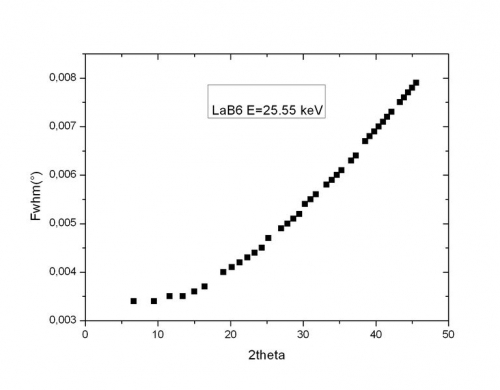
Instrument Résolution Function (IRF) at 25.55 keV as a function of the 2theta diffraction angle.
Recently (2018), a curved pixel detector (9x Dectris Mythen II modules, positioned on a cylinder with a radius of 720 mm) was added to the detection circle, providing a 50° 2θ coverage with small gaps (0.5°) or a 25° coverage with no gaps when a non-symmetrically position with respect to the incident beam direction is adopted. A good angular resolution is kept (<0.02° 2θ) is kept. Due to its very short readout time (2ms), a complete powder diagram (up to 2θ = 50°) can be acquired within a few seconds if the detector movements are optimized.
For PDF experiments, to achieve high Q values (> 25Å-1), the highest energies available are used (28 to 30 keV), combined to a scan of the detector position to at least 120° 2θ. Using the Mythen detector, a complete diagram for pdf analysis purposes can be obtained within 1 hour (6 h with the multi-analysers).
Diffractomètre 4-Cercles
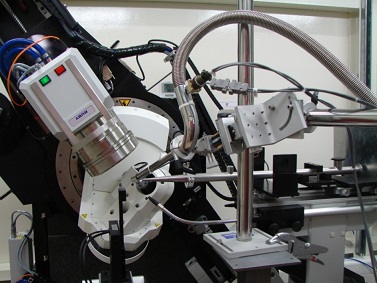
View of the 4-circle diffractometer equipped with a gas streamer (CryoIndustries of America) to cool the sample. Insert: axes names.
The 4-circle diffractometer allows an easy, fast and precise data collection on single crystals in different sample environments. The instrument specially built for the beamline has resulted from the association of two companies each well known in their area: Newport (Microcontrol) for the goniometer part and Rigaku Oxford Diffraction) for the detector and data analysis software.
The data are measured using the oscillation method: for each image acquisition, the diffraction signal is measured while the sample is rotated at constant speed over a small angular range (typically 1°).
The main characteristics of this instrument are:
- a 2D CCD detector permanently mounted, which can be translated (80 mm < dtx < 340 mm) ,
- high accuracy of motions,
- very small Sphere Of Confusion* to be able to study micro-crystals (Ø < 10 µm),
- data acquisition/analysis software package standard and familiar to most users.
*the Sphere of Confusion (SoC) is the largest dimension of the spherical volume described by the sample during the motion of all the axes.
Diffractomètre 6-Cercles
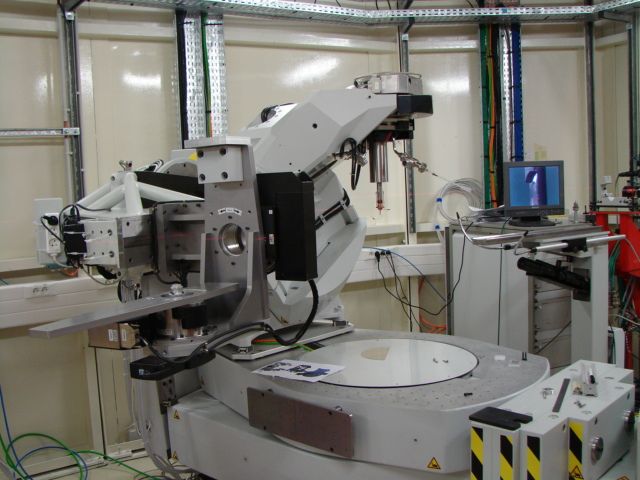
Newport 6-circle diffractometer, in a vertical position.
The 6-circle diffractometer is the most versatile instrument of the beamline.
It consists of four rotation axes for the sample stage (Mu, Komega, Kappa and Kphi) and two rotation axis for the detector stage (Delta and Gamma). 3 additionnal translations are supported by the kphi rotation axis to accurately position the sample onto the center of the diffractometer.
The measured angular accuracy of all axes are better than 0.001°. The sphere of confusion is better than 60 µm.
An analyser (beam polarisation analysis) can be mounted on the detector arm (as shown on the picture).
This instrument accommodates the following experimental setups:
- Bragg Coherent Diffraction Imaging,
- Micro-Diffraction,
- High Pressure using Diamond Anvil Cells,
- Pump-probe Diffraction,
- “customized” setup to the specific needs of a user project: heavy sample environment (i.e. up to 15 kg), specific detector (up to 10 kg).
Detectors
The 2-circle and 4-circle diffractometers have their own detection system (respectively a 21-analyzers system/Mythen detector and an Agilent 2D CCD detector). Below is a list of other detectors used at CRISTAL, either belonging to the beamline or to the detector pool. The possibility to use a particular detector on a given instrument is symbolized by the colored icons.
Point detectors
YAP, CeBr3 scintillators CRISTAL : point detectors used for high resolution diffraction
2D Detectors
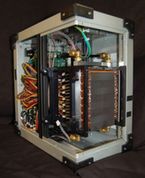 |
Pool: XPAD 3.1, XPAD3.2: Hyprid pixel detectors developed by SOLEIL, in collaboration with the ESRF CRG BM2 and CPPM. |
|
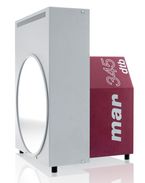 |
Pool: MAR345 Image plate detector. 100x100 µm2 pixel size Used for : • Low resolution powder diffraction experiments • High Pressure diffraction |
|
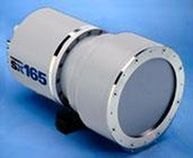 |
Pool: Rayonix SX165 CCD camera, 165 mm diameter, 40 µm pixel size min. 4096x4096 pixels Pixel size: 40x40 µm2 (min). Used for: • Crystallographic measurements, • Powder diffraction |
|
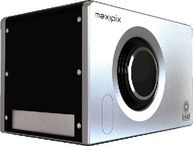 |
CRISTAL/SIXS/GALAXIES beamlines: MAXIPIX 2 Purchased in common with SIXS and GALAXIES Will be available in Novembre 2012. Will be used: • Coherent diffraction and ptychography. |
Pression
 |
Ambient temperature pressure setup The sample is a Membrane Diamond Anvil Cell (MDAC), on the Phi stage of the 6-Circle diffractometer. The detector is the MAR345. A laser, located at 90° of the X-ray beam, can be approached to the 90° rotated MDAC, in order to measure the fluorescence of ruby crystals in the DAC. This in situ pressure measurement, allows one to change the pressure without removing the MDAC. |
|
 |
Low temperature pressure setup The MDAC is located in a specially designed liquid Helium flow cryostat (Tmin=14 K and soon 5 K). Equipped with Kapton windows. The detector is a Rayonix CCD camera. The in situ pressure measurement is the same than the ambient pressure one. The picture shows a pressure measurement, with the laser on. |
Temperature
Cryostats
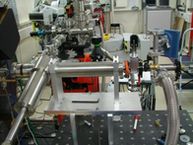 |
Powder diffraction top-loading He-cryostat with rotating capillary (max 2 rps) facing the 2-circle diffractometer (conception R. Steinman, ESRF). Temperature range: 4-300 K. |
|
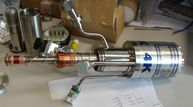 |
Closed cycle cryostat (Advanced Research System, ARS DE-302). This cooling system has been designed to fit the 6-circle diffractometer in order to allow many diffraction configurations. Beamline usage shows that the limitation mainly comes from the He-outlet. This cryostat is used for the diffraction experiments which are not sensitive to vibrations.Tmin = 6 K. |
|
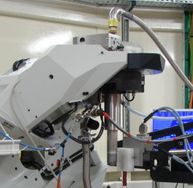 |
ARS HELITRAN liquid helium flow cryostat placed on the 6-circle diffractometer with the coherent diffraction settings. This cryostat, which has angstrom level vibrations, is well suited for such experiments. Contrarily to the previous displex system, this cryostat is not free to move in any orientation, and should work near the vertical position as shown on the picture. Tmin = 4 K |
Gas blowers
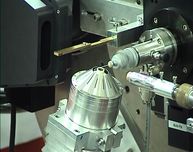 |
Hot gas blower (Cyberstar) for powder and single crystals. Temperature range 20-900 °C |
|
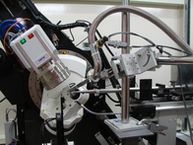 |
Gas streamer cooler (N2/He) From Cryo Industries of America. Lowest temperature with N2 : 80 K and with He: 15 K. In order to avoid ice formation on the sample, a heated goniometer head is used. |
|
 |
Gas streamer cooler (N2/He) Powder diffraction at low tempertaure from 60K to 300K using a Cryo Industries of America gas streamer and a special enclosure to prevent icing. |
Possibility to perform X-ray powder diffraction using the 2-circles diffractometer and the robotic sample changer.
Experimental conditions
ambient temperature
pre-mounted capillary (contact the beam line staff)
Access modality
1. - Contact Erik Elkaïm (erik.elkaim@synchrotron-soleil.fr) at least 2 weeks before the desired date (→ feasibility)
2. - Writing of a proposal ( → SOLEIL validation)
3. - Preparation of the samples → "ready to measure":
- capillary diameter: from 300 - 500 µm (700 µm) if analyzer) + sealed
- capillary glued in the sleeve (brass)
- capillary and sleeve axis = parallel
- sample identified (label, tag)
4. - Specify Mythen or Multi-analyzer detector
Mail-in dates (first semester 2025)
- April 5th
- May 28th
- July 2nd

